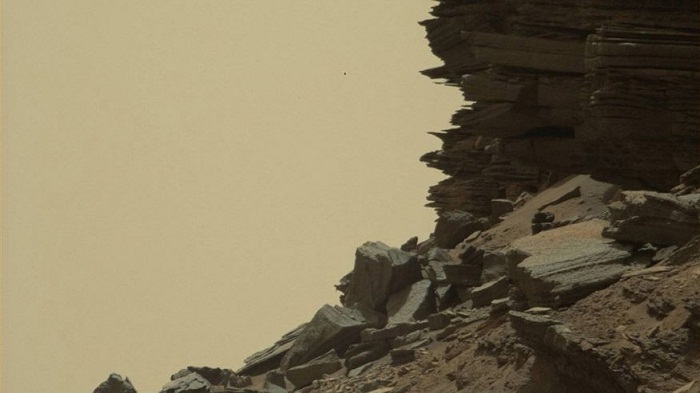Curiosity is looking into how and when habitable conditions on Mars that were once present evolved into drier conditions less favourable for life on the planet.
Curiosity Project scientist Ashwin Vasavada said the team was "thrilled" to undertake the expedition, describing the landscape as "a bit of American desert Southwest on Mars".
The striking rock formations captured by the rover`s Mast Camera, are the remnants of ancient sandstone which were formed when winds deposited sand on the lower regions of the mountain.
Mr Vasavada said: "Studying these buttes up close has given us a better understanding of ancient sand dunes that formed and were buried, chemically changed by groundwater, exhumed and eroded to form the landscape that we see today."
Since the images were taken, the rover has left the buttes and is set to continue its journey higher up Mount Sharp.
The Curiosity team plan to create several mosaics from the images, with NASA saying they compare to photos taken in American national parks.
More about:
















































